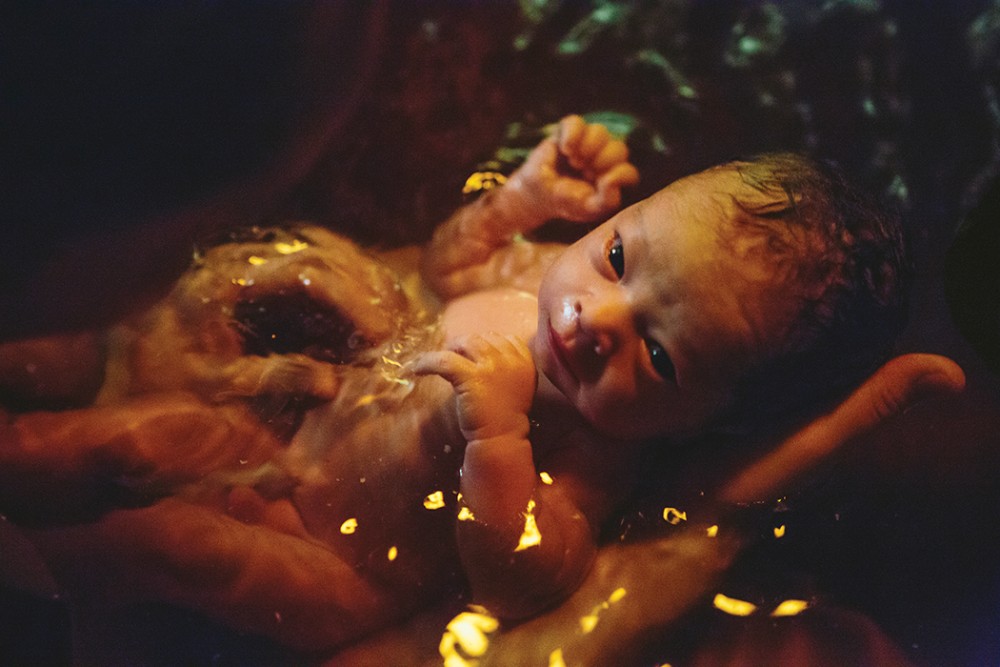
Women tell birth stories. People celebrate birthdays, as do nations. The people of God, the Israelites, have several birth stories, several birthdays, but the most definitive, the one God insists on their celebrating, is Exodus—the mass exodus, the deliverance, the emergence of the people of Israel from slavery in Egypt, observed annually as Passover. “We were slaves, now we’re free, let’s eat,” my mother’s cousin Joe would say, nodding to the religious significance of the occasion before digging into beef brisket and noodle kugel. In contrast to that casual approach, my parents and our profoundly hospitable Orthodox Jewish friends, including a rabbi, observed an elaborate, ritualized retelling of the birth story of my mother’s people, of my people—the story in which God, the midwife, liberates suffering slaves from their bondage in mitsrayim, the Hebrew word for Egypt, which, as it happens, is related to the word for the pain of labor contractions.
Birth itself induces Pharaoh’s hate and desire for domination when he notices that the Israelites in his land exceed Egyptians in number and power: their fertility is threatening. Yet in the upside-down logic of so many biblical narratives—the last shall be first, blessed are the poor, when I am weak then I am strong—increasingly ruthless Egyptian opposition only escalates Israel’s expansion. Pharaoh revises his plans, directing his efforts at the fountainhead of Israelite abundance—their apparently astonishing fecundity, and the custodians of that fruitfulness: the midwives. Kill every baby boy while the mother is yet on the birthstool. Collapse the moment of birth and the moment of death into one.
Long before Moses grudgingly agrees to be God’s assistant midwife in bringing Israel out of the protracted labor of their bondage, the midwives Shiphrah and Puah embody the courage and integrity that every midwifery manual I’ve ever come across—ancient, medieval, modern—cites as requirements of the profession. I imagine them with strong hands and a calm and cheerful demeanor, past childbearing age themselves, knowing eyes sparkling in sun-crinkled faces. Surely they knew that to defy the Pharaoh was to risk their own lives, but defy him they did, risk be damned. Their explanation, their honorable lie, is just what I would expect from a midwife: a nonchalant, self-effacing, and possibly feminist pronouncement on their clients’ knack for giving birth speedily and easily. Hebrew women are so vigorous they hardly need us; the babies are out by the time we can get there. These unshrinking women are the midwives not just for individual Hebrew women. They are the midwives of the nation of Israel, uncomplicated both in their ardent commitment to the preservation of life that defines their profession and in their fear of God.




